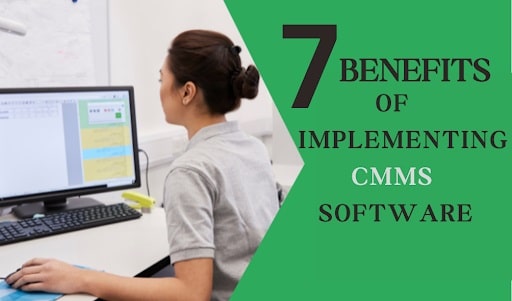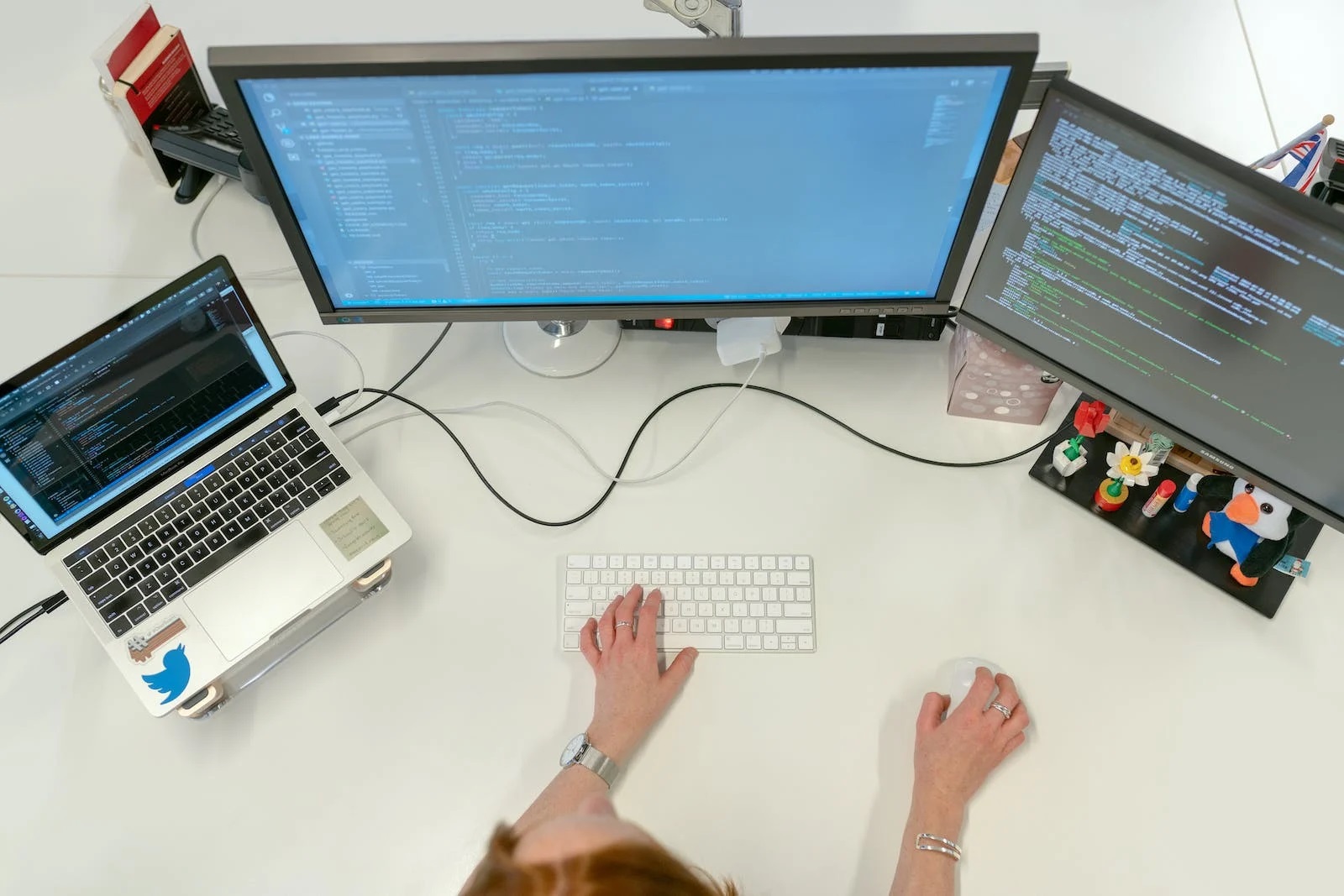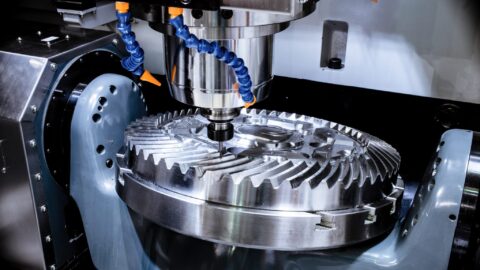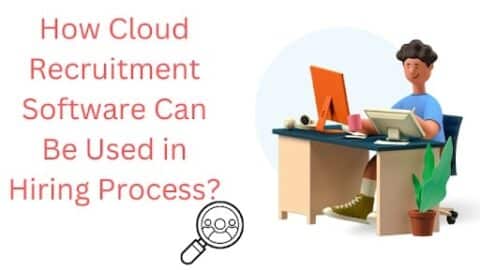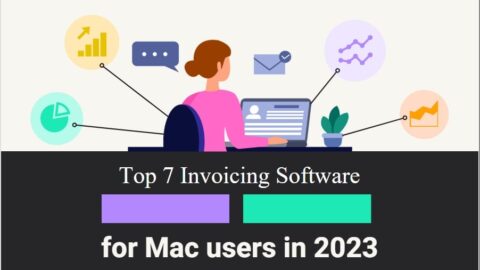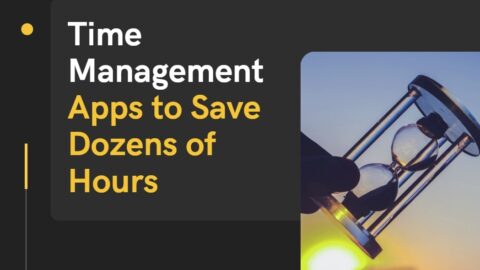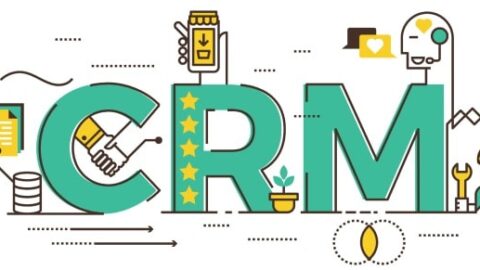Here Are 7 Benefits of Implementing CMMS Software
In today’s fast-paced and technologically driven world, businesses across various industries are constantly seeking ways to streamline their operations and maximize efficiency. When it comes to maintenance management, utilizing Computerized Maintenance Management System (CMMS) software can be a game-changer. CMMS software is designed to simplify and enhance maintenance processes by digitizing workflows and providing valuable insights into equipment performance. In this blog, explore and learn about the seven key benefits of implementing CMMS software in your operation.
Table of Contents
Defining CMMS Software
CMMS software, also known as Computerized Maintenance Management System software, is a powerful tool used for streamlining and managing maintenance operations in various industries. It is specifically designed to simplify and enhance maintenance processes by digitizing workflows, organizing data, and providing valuable insights into equipment performance.
CMMS maintenance software serves as a centralized platform for storing and managing crucial maintenance-related information. It enables maintenance managers and technicians to efficiently track and schedule maintenance tasks, create work orders, and record maintenance history. By automating these processes, CMMS software improves operational efficiency and reduces manual errors.
- One key feature of CMMS maintenance software is preventive maintenance management.
It helps organizations implement proactive maintenance strategies by scheduling routine inspections, servicing equipment, and conducting preventive maintenance tasks. This proactive approach minimizes unexpected breakdowns, extends the lifespan of equipment, and reduces costly repairs.
- CMMS software also aids in asset management by providing a comprehensive database for tracking equipment information, such as specifications, maintenance history, and warranties.
This enables organizations to effectively monitor asset performance, plan for replacements or upgrades, and optimize inventory management.
Types of CMMS Software and Implementing CMMS Software
There are various types of CMMS software available with features and functionalities that are suited for different purposes. Here are some common types of CMMS software:
- Preventive Maintenance CMMS: Preventive CMMS maintenance software focuses on scheduling and managing regular maintenance tasks to prevent equipment failures. It includes features like asset management, work order generation, and maintenance history tracking.
- Enterprise CMMS: This type of software is suitable for large organizations with multiple facilities or locations. It offers comprehensive features to manage maintenance activities across the entire enterprise.
- Cloud-based CMMS: Cloud-based CMMS software is hosted on remote servers and accessed through a web browser. It offers flexibility, scalability, and easy accessibility from any device as long as there is internet connection.
- On-premises CMMS: On-premises CMMS software is installed and hosted on the organization’s servers or infrastructure. It provides full control over data security and can be customized to specific requirements.
- Mobile CMMS: Mobile CMMS software is designed for smartphones and tablets, allowing maintenance technicians to access and update information on the go. It often includes features like barcode scanning, photo capture, and real-time notifications.
- Work Order CMMS: Work order management software is primarily focused on creating, tracking, and managing work orders for maintenance tasks. It streamlines the process from work requests to completion, including task assignments, status updates, and documentation.
Seven Key Benefits of Implementing CMMS Software
Implementing CMMS software in building management can provide numerous benefits that effectively solve common challenges faced by facility managers. The following are some key advantages:
1. Streamlined Work Order Management
One of the primary challenges in building management is handling work orders for maintenance and repairs efficiently. It simplifies the process by centralizing work order management.
Facility managers can easily create, assign, and track work orders, ensuring timely resolution of maintenance issues. With automated notifications and status updates, this type of smart monitoring enables better communication and coordination among maintenance staff.
2. Preventive Maintenance Optimization of CMMS Software
CMMS software empowers facility managers to implement preventive maintenance strategies effectively. By scheduling routine inspections, maintenance tasks, and equipment servicing, it can be useful in identifying and addressing potential issues before they escalate.
This proactive approach minimizes unexpected breakdowns, extends the lifespan of equipment, and reduces costly repairs.
3. Asset Tracking and Management
Building managers need to keep track of numerous assets, such as HVAC systems, elevators, lighting fixtures, and security systems.
CMMS maintenance software provides a centralized database to record and manage asset information, including maintenance history, warranties, and service schedules. This enables effective asset tracking, aids in inventory management, and ensures timely maintenance of critical assets.
4. Enhanced Maintenance Planning and Reporting
CMMS software offers robust reporting and analytics capabilities, providing valuable insights into maintenance activities and performance. Facility managers can generate reports on work order history, maintenance costs, equipment downtime, and other key metrics.
Finally, these reports enable data-driven decision-making, facilitate budget planning, and support the optimization of maintenance processes for improved efficiency.
5. Improved Communication and Collaboration
Technology innovation promotes better communication and collaboration among building management teams. Maintenance staff can access real-time information, update work order status, and share notes or instructions within the system. This reduces miscommunication, enhances collaboration between maintenance personnel, and fosters a more efficient workflow.
6. Cost Savings and Budget Optimization
By implementing CMMS software, building managers can save a significant amount. Efficient maintenance scheduling and preventive maintenance reduce emergency repairs and unplanned downtime. With this, the production will not be interrupted.
Moreover, CMMS software facilitates better inventory management, avoiding unnecessary stockouts or overstocking of spare parts. These cost-saving measures contribute to improved budget optimization and overall financial efficiency.
7. Compliance and Regulatory Requirements
Building management involves complying with various regulatory standards and safety requirements. Intelligent monitoring assists facility managers in maintaining compliance by tracking maintenance activities, generating documentation, and scheduling routine inspections. This ensures that the building remains in adherence to regulations and minimizes potential liabilities.
Best Practices for Implementing CMMS Software for Large Building Management
Implementing CMMS software for large building management requires careful planning and execution to ensure a successful and efficient transition.
The following are some best practices to consider when implementing CMMS software from a technical perspective:
-
Define Clear Objectives and Scope:
Before utilizing CMMS software, clearly define your objectives and scope. Identify the specific goals you want to achieve with the software, such as streamlining work order management or improving asset maintenance. Determine the scope of the implementation, including the areas of the building to be covered and the functionalities required.
-
Conduct a Comprehensive Asset Inventory:
Start by conducting a comprehensive asset inventory of your building. Capture detailed information about each asset, including its specifications, location, maintenance history, and any associated documentation. This inventory will serve as the foundation for asset management when using CMMS software.
-
Cleanse and Organize Data:
Ensure that your data is accurate, up-to-date, and well-organized before migrating to digital transformation. Cleanse the data to remove any duplicates, errors, or outdated information. Categorize assets, create standardized naming conventions, and establish a consistent data structure to ensure data integrity and ease of use within the CMMS.
-
Establish Data Integration:
Integrate your software with other existing systems, such as building automation systems (BAS), energy management systems (EMS), or financial systems. But, this integration allows for seamless data exchange, eliminates manual data entry, and provides a holistic view of your building’s operations. Ensure that the integration is properly configured and tested for accuracy and reliability.
-
Implement Robust Security Measures:
As CMMS software contains sensitive information about assets, maintenance activities, and even financial data, security measures are crucial. Implement robust security measures to protect data confidentiality, integrity, and availability. Use role-based access controls to restrict access to sensitive information and ensure that user accounts have strong passwords and regular authentication.
-
Provide Adequate Training and Support:
Training and support are essential for successful CMMS implementation. Firstly, train all users, including maintenance staff, supervisors, and administrators, on how to effectively use the software. Provide comprehensive documentation, tutorials, and ongoing support to address any questions or issues that may arise. Encourage user feedback and conduct regular training sessions to ensure continued proficiency and adoption of the CMMS.
-
Monitor and Evaluate Performance:
Continuously monitor the performance of your software to identify any bottlenecks, inefficiencies, or areas for improvement. Regularly review key performance indicators (KPIs), such as response time, work order completion rates, and asset uptime to assess the effectiveness of the CMMS implementation. Use this data to identify areas of optimization and make necessary adjustments to maximize the benefits of the software.
-
Embrace Continuous Improvement:
Hence, building management is a dynamic process, and your CMMS implementation should be adaptable to evolving needs. Encourage a culture of continuous improvement by regularly reviewing and optimizing maintenance processes, leveraging data insights from CMMS software, and implementing feedback from users. Stay updated with software updates and new features to take advantage of the latest enhancements.
By following these best practices, you can ensure a smooth and successful implementation of CMMS software for large building management. The technical aspects, including data management, customization, security, training, and performance monitoring are essential for maximizing the benefits and effectiveness in optimizing maintenance operations and enhancing overall building management.
Final Words
So, implementing CMMS software in building management offers numerous benefits. It streamlines work order management, optimizes preventive maintenance, and enhances asset tracking and management. And the robust reporting and analytics capabilities support data-driven decision-making and budget planning.
Improved communication and collaboration among maintenance teams increase productivity. CMMS software also contributes to cost savings by reducing emergency repairs and downtime while optimizing inventory management. It assists in compliance with regulatory standards, ensuring a safe environment.
Overall, CMMS software revolutionizes building management, enabling facility managers to provide efficient spaces for occupants and maximize operational success. By leveraging its benefits, organizations can optimize maintenance processes, improve asset performance, and achieve long-term sustainability and success.
Dan has hands-on experience in writing on cybersecurity and digital marketing since 2007. He has been building teams and coaching others to foster innovation and solve real-time problems. Dan also enjoys photography and traveling.

